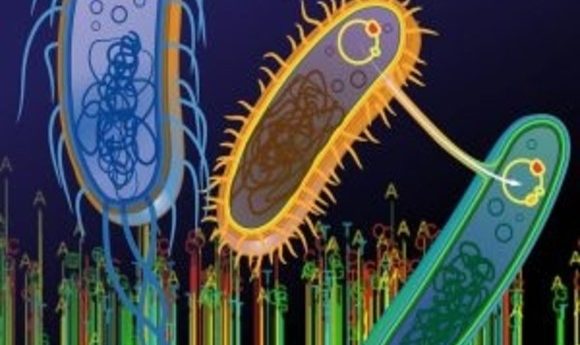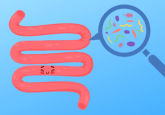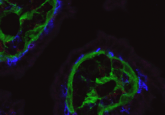Gut instinct: how to treat allergies

How can a food allergy be treated? Gut bacteria may be able to re-wire the immune system to tolerate allergens and protect against allergic reactions.
In the USA someone arrives at an emergency room with a food-related allergic reaction every 3 minutes. There is currently no preventative treatment for those with food allergies, aside from avoiding consuming the food altogether.
Seeking new methods of treatment for those with food allergies is high on the agenda of many researchers. New hope has now come to light with recent revelations regarding the role the gut microbiome could play in the development of food allergies.
“This represents a sea change in our approach to therapeutics for food allergies.”
A team of researchers from Brigham and Women’s Hospital and Boston Children’s Hospital (both MA, USA) has identified the bacterial species in human infant guts that are associated with food allergy development. In a study published in Nature Medicine, preclinical results utilizing a mouse model demonstrated that, when given orally, five or six species of bacteria found in the human gut protected against food allergies and reversed disease.
“This represents a sea change in our approach to therapeutics for food allergies,” commented co-senior author Lynn Bry (Brigham and Women’s Hospital). “We’ve identified the microbes that are associated with protection and ones that are associated with food allergies in patients. If we administer defined consortia representing the protective microbes as a therapeutic, not only can we prevent food allergies from happening, but we can reverse existing food allergies in preclinical models. With these microbes, we are resetting the immune system.”
The team identified microbial differences in fecal samples collected from infants both with and without a food allergy. These fecal microbiota samples were then transplanted into mice who were sensitized to eggs. The mice who received microbiota from healthy controls were more protected against egg allergy in comparison with those who received microbiota from those with a food allergy.
-
Can a high-fiber diet lead to a better immunotherapy response?
-
Could anxiety be relieved by changing your diet?
-
Skin microbiome altered by swimming in the ocean
They then developed two consortia of bacteria from the human gut compromised of five or six bacterial species that they had computationally assessed to be protective. When these were administered to mice, they discovered that only those bacteria within the Clostridiales or Bacteroidetes families could suppress food allergies and protect the mice, ensuring they were resistant to egg allergy.
“It’s very complicated to look at all of the microbes in the gut and make sense of what they may be doing in food allergy, but by using computational approaches, we were able to narrow in on a specific group of microbes that are associated with a protective effect,” explained co-first author Georg Gerber (Brigham and Women’s Hospital).
“Being able to drill down from hundreds of microbial species to just five or six or so has implications for therapeutics and, from a basic science perspective, means that we can start to figure out how these specific bacteria are conferring protection.”
When probing further in both preclinical models and human infants, the team discovered that the Clostridiales and Bacteroidetes consortia targeted two important immunological pathways, stimulating specific regulatory T cells. These T cells changed their profiles to tolerate the allergens, instead of inciting allergic responses.
This method of bacteriotherapy could lead to changes in a person’s immune system independent of an allergen, hence its potential as a therapeutic to broadly target food allergies is promising.
“When you can get down to a mechanistic understanding of what microbes, microbial products, and targets on the patient side are involved, not only are you doing great science, but it also opens up the opportunity for finding a better therapeutic and a better diagnostic approach to disease. With food allergies, this has given us a credible therapeutic that we can now take forward for patient care,” concluded Bry.





